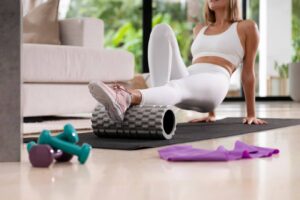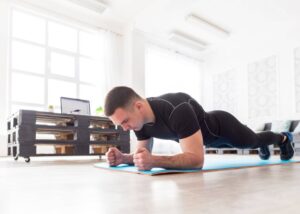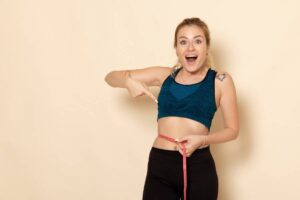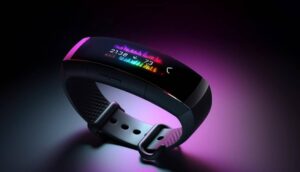The Fitness & Bodybuilding Blog
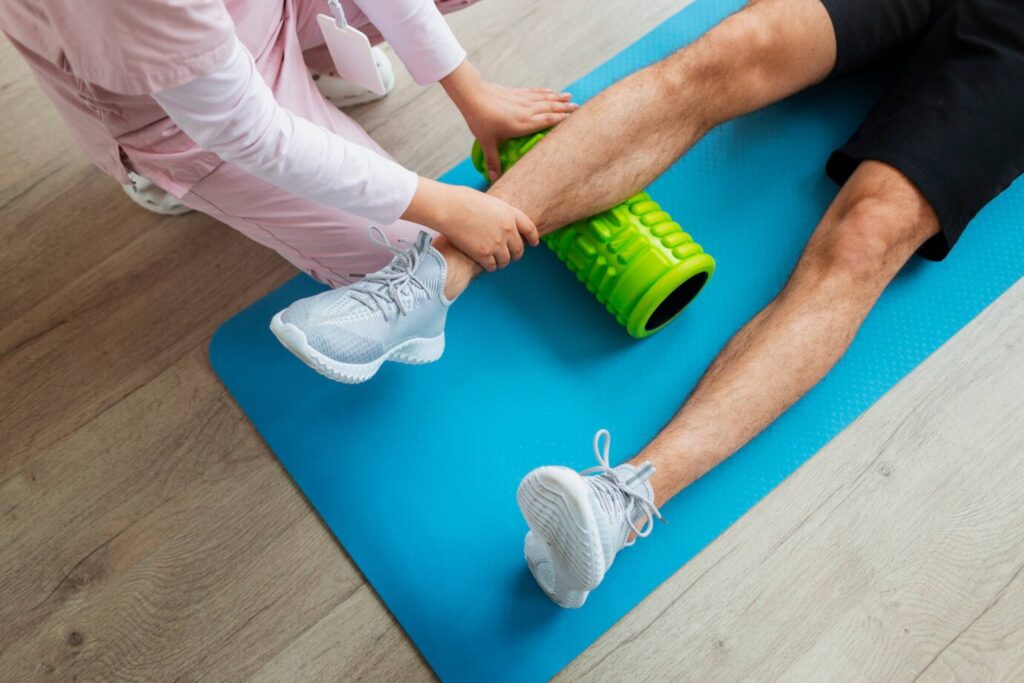
Top Foam Rollers for Home Recovery Sessions
Foam rolling is now a must-have in thousands of gyms worldwide. This tool helps you relax. It boosts recovery, improves flexibility, and stops muscle cramps. More people are working out at home, so they need recovery tools for home use, like foam rollers. This article explains foam rollers. It covers their benefits, types, and how to use them in your home mobility workouts.
Why Foam Rolling Is Essential for Home Recovery
In fitness and wellness, recovery is just as important as a workout. Recovery tools can boost your performance and help prevent injuries. This is true for both fitness enthusiasts and seasoned professionals. They are extremely popular: foam rollers. They are powerful and adaptable instruments. But why do foam rollers matter so much, and how can they be best used during home recovery sessions?
In this guide, you’ll discover the benefits of foam rolling. Let’s explore various styles of foam rollers. And we’ll offer advice for how to use them in your workouts at home. For those new to foam rolling or looking to elevate their recovery routine, this blog is the go-to.
Key Benefits of Foam Rolling
Why It Matters
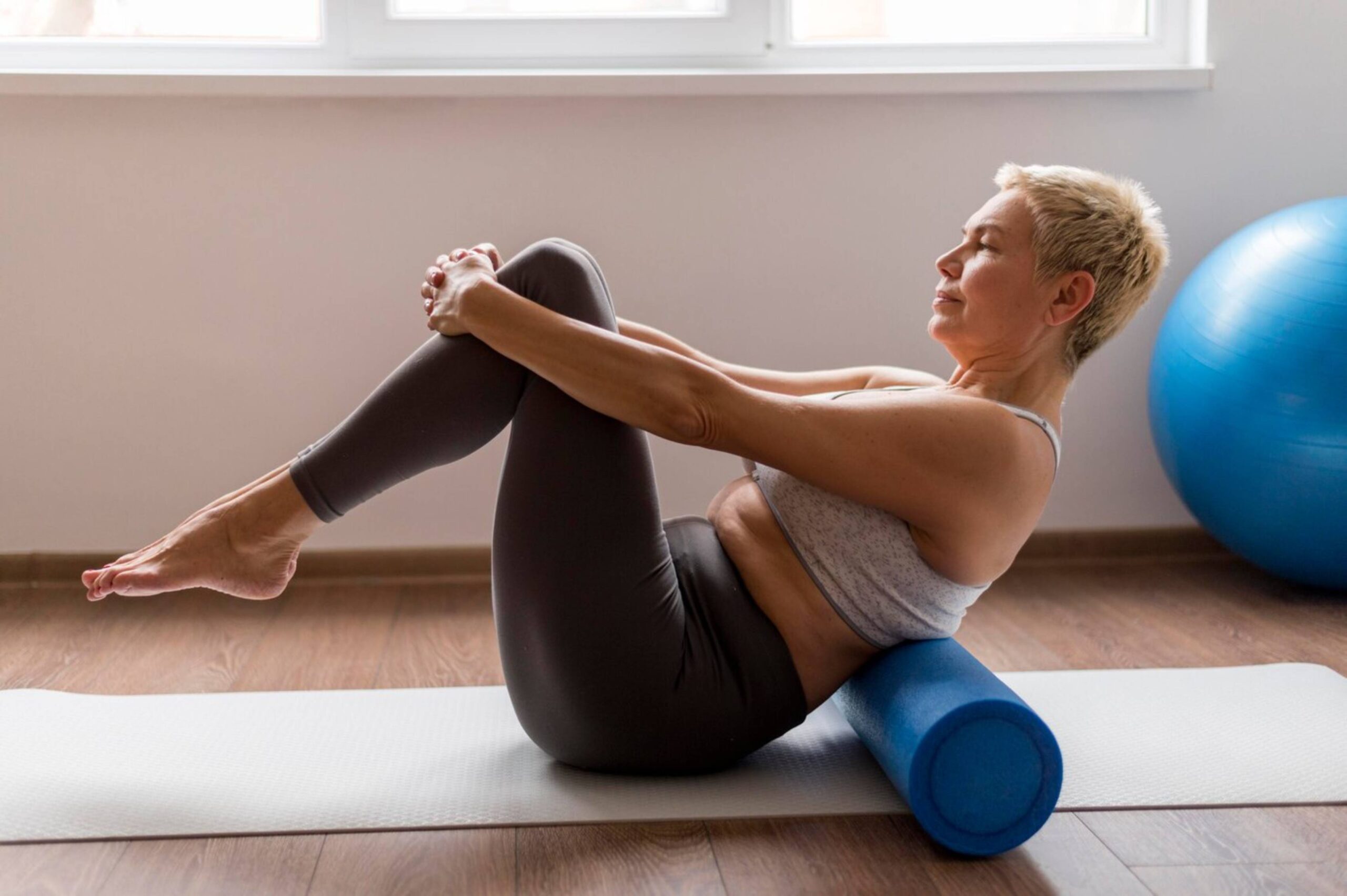
Foam rolling, or self-myofascial release, uses a foam roller to press on certain muscle groups. This practice can lead to a myriad of benefits, making it a staple in recovery and mobility routines. Let’s explore why foam rolling matters:
- Muscle Recovery: Foam rolling helps break down adhesions and scar tissue. This speeds up recovery after exercise. Improving blood flow to the muscles reduces soreness and stiffness. This helps you recover faster from tough workouts.
- Better Flexibility: Foam rolling helps you move more freely. It’s a great way to boost your flexibility. This is particularly beneficial for those engaging in activities that require a wide range of motion, such as yoga or martial arts.
- Injury Prevention: Foam rolling helps keep muscles elastic and reduces tension, which can prevent injuries. It addresses muscle imbalances and tightness, which are common precursors to strains and sprains.
- Stress Relief: Foam rolling is very relaxing. It acts like a self-massage that reduces stress and tension. This not only benefits physical health but also contributes to mental well-being.
- Cost-Effective: Foam rollers cost less than many recovery tools and therapies. They also offer long-term value. They are a one-time investment that can significantly enhance your home mobility workout.
Types of Foam Rollers
Not all foam rollers are created equal. They come in various shapes, sizes, and densities, each serving a specific purpose. Understanding the differences can help you choose the right foam roller for your needs:
Standard Foam Rollers
The most common type is typically made from polyethylene foam. It offers moderate firmness and is suitable for beginners. Standard foam rollers are great for muscle recovery. They are versatile and perfect for maintenance.
Textured Foam Rollers
Featuring ridges and knobs, textured foam rollers provide a deeper massage. They are great for hitting specific muscle knots and trigger points. This gives you a more intense experience. Athletes and individuals familiar with foam rolling often prefer this type.
High-Density Foam Rollers
Made from EPP foam, high-density rollers are firmer and more durable. They are designed for individuals who require more pressure and are accustomed to foam rolling. These rollers are perfect for deep tissue massage and breaking down stubborn knots.
Vibrating Foam Rollers
If you’re looking for a top recovery tool, try vibrating foam rollers. They provide all the benefits of regular foam rolling plus the extra boost of vibration therapy. Vibrations boost blood flow and activate muscles. This leads to a quick and effective recovery session.
Travel Foam Rollers
Compact and lightweight, travel foam rollers are designed for on-the-go recovery. They fit easily in gym bags or suitcases. This makes them great for travellers who want to maintain their recovery routine.
Additional Expert Tips & Common Mistakes to Avoid
Best Practices for Effective Foam Rolling
To maximise the benefits of foam rolling, it’s essential to follow best practices. Here are some expert tips to enhance your home mobility workout:
- Warm-Up First: Always warm up your muscles with light cardio or dynamic stretches before foam rolling. This prepares your muscles for the pressure and ensures a more effective session.
- Breathe Deeply: Take slow, controlled breaths. This relaxes your muscles and makes foam rolling more effective. It also aids in managing discomfort during intense sessions.
- Roll Slowly: Avoid rushing through your foam rolling routine. Moving slowly and purposefully helps engage muscles better and release tension more effectively.
- Hydrate: Drinking water after rolling helps remove toxins released during the session. It also supports muscle recovery.
Common Mistakes to Avoid
While foam rolling is beneficial, improper techniques can lead to discomfort or reduced efficacy. Here are common mistakes to avoid:
- Rolling Directly on Joints or Bones: Foam rolling should target muscles. Do not roll on the joints or bones. Applying pressure on these areas can cause pain and potential injury.
- Over-Rolling: While consistency is key, over-rolling can lead to muscle bruising or irritation. Limit sessions to 1-2 minutes per muscle group and avoid daily overuse.
- Ignoring Pain Signals: Foam rolling can be uncomfortable. It should not cause sharp pain. If you experience severe discomfort, reduce the pressure or consult a professional.
Advanced Insights / Expert Recommendations
If you want to improve your foam rolling routine, check out these advanced tips and ideas:
- Integrate with Other Recovery Tools: Pair foam rolling with massage balls or resistance bands. This creates a well-rounded method for taking care of your muscles.
- Incorporate into Daily Routine: Make foam rolling a part of your daily routine, even on rest days. Regular use can lead to long-term improvements in flexibility and muscle health.
- Get Help from Experts: If you’re unsure about techniques or if pain lingers, talk to a physiotherapist or personal trainer. They can provide personalised advice and ensure you use the foam roller correctly.
Embrace Foam Rolling: The Key to Enhanced Recovery and Flexibility
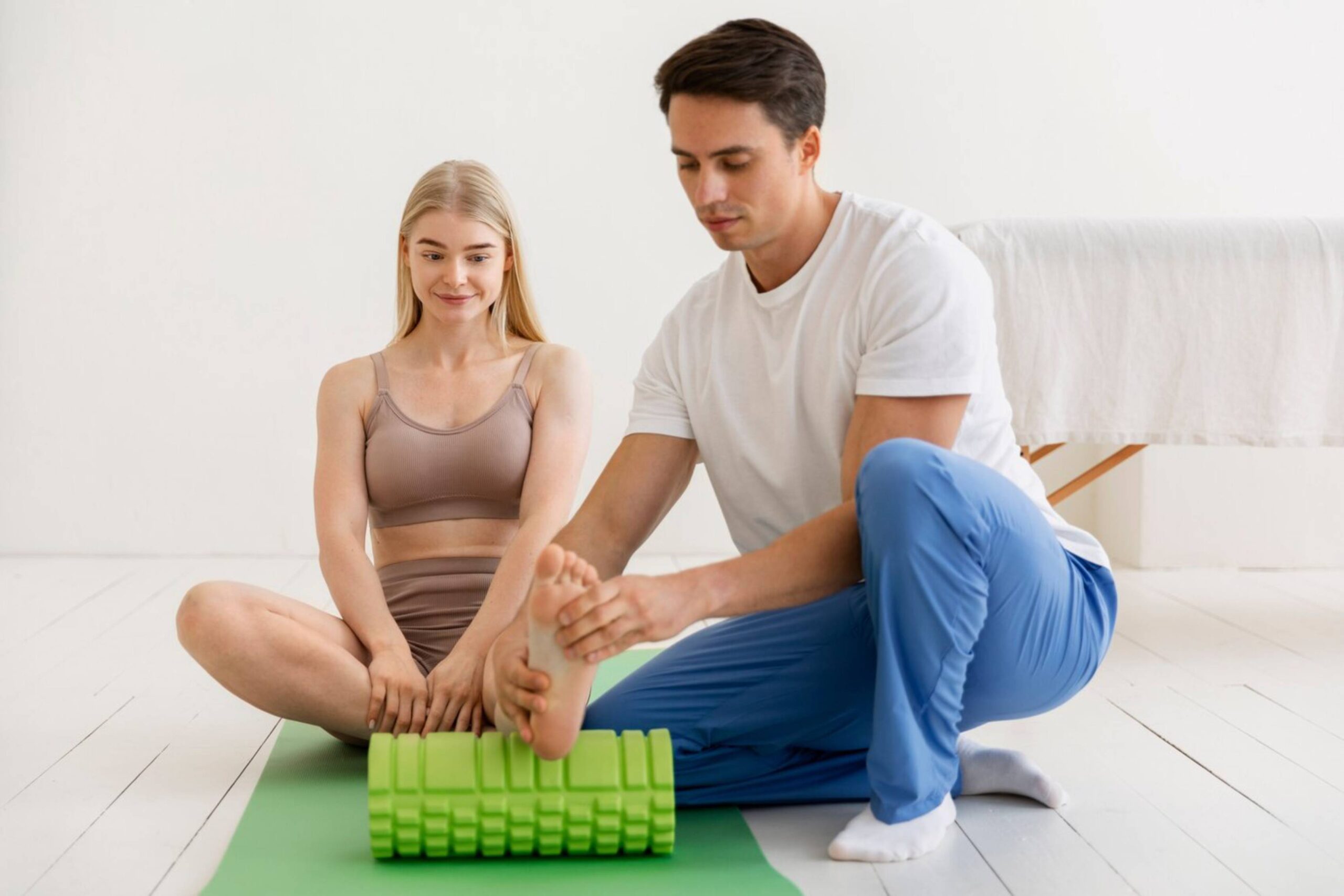
Foam rollers are excellent for home mobility workouts. They make recovery and flexibility so much better. Use expert tips and learn about the types of foam rollers. This way, you can boost your exercise and enjoy a better fitness experience.
In your foam rolling routine, pay attention to your muscles. This helps your body adjust to stress and release tension naturally. From novices to seasoned athletes, most people can benefit from foam rollers. They further your fitness goals and maintain muscle health. So start today and feel the power of foam rolling for yourself!
We hope this guide has provided you with valuable insights into foam rolling and its benefits. Let us know if you have any questions, and share your experiences below! Happy rolling!



